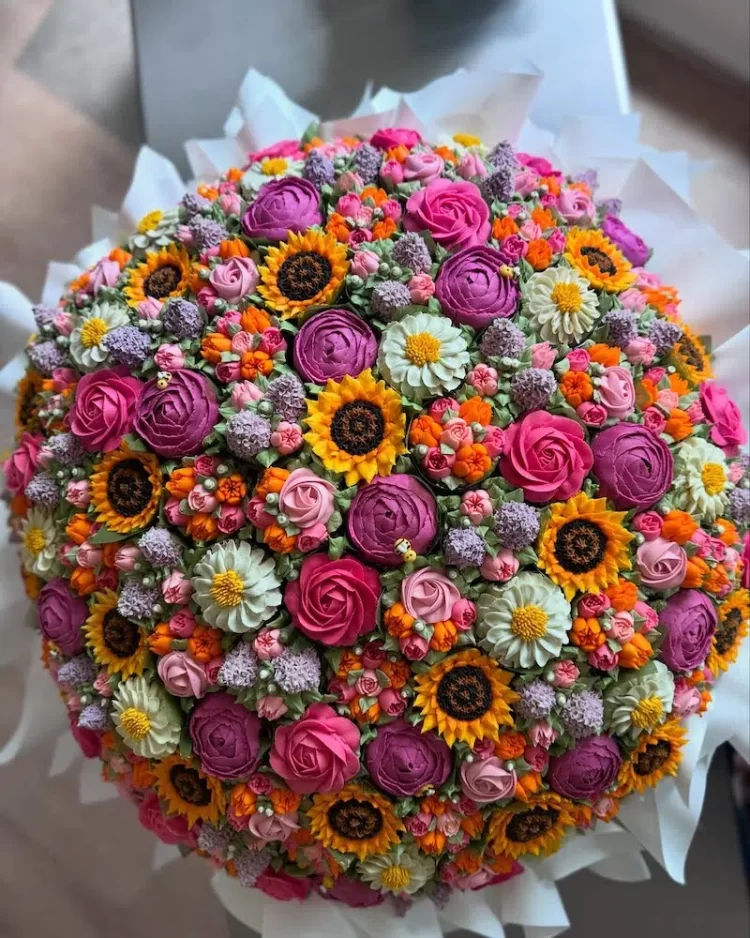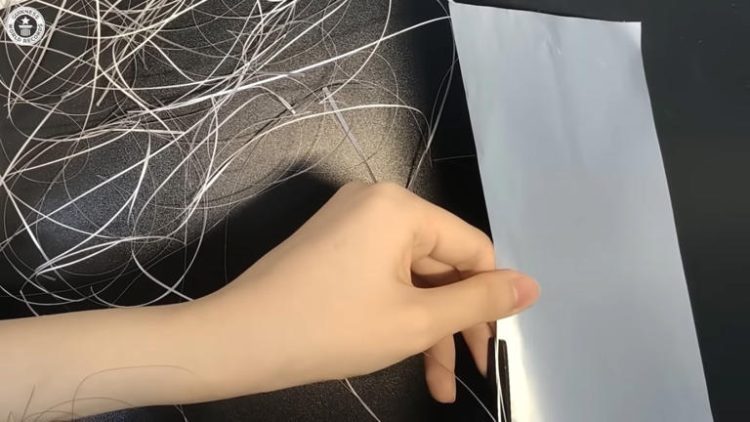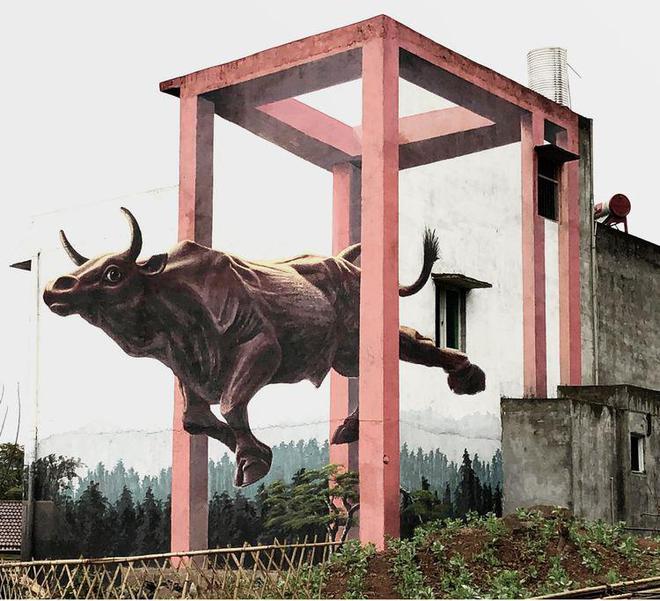Who said you need to chop the wood off trees to make sculptures? Tree shaping is an art form that makes use of living trees to make wonderful creations. Also known as Biotecture, Grown Furniture or simply tree sculpting, the technique involves growing and shaping the trunks of trees and other woody plants by grafting or pruning. The trunks or branches are grown into ornamental or useful shapes.
Tree branches and trunks have the unique ability to unite together by grafting. The new shapes are retained when fresh layers of wood grow over the older ones. So a tree sculptor winds two or more parts of a tree together by cutting off the bark and then binds the wounded parts together so that the contact is secure. This promotes the tree parts to grow together. These stems and branches need to be wound together for at least a year depending on the amount of resistance they need to overcome. Additional layers of wood grow during this time, acting as a natural cast and retaining the new desired shape. Once the shape is able to hold itself, the bracing is removed. The techniques used by artists vary between Instant Tree Shaping, also known as Arborsculpture (mature trees bent into the desired shape and held until cast), Aeroponic Culture (the use of living, air-suspended roots to make bridges) and Gradual Tree Shaping (trees are grown from saplings for the specific purpose of creating a design).
The art of tree shaping is centuries old, and has its origins in the Khasi people of India who used to build bridges made of live roots. Some of these living root trees can be seen even today in North East India, in Cherrapunji, Laitkynsew and Nongriat in the state of Meghalaya. In the Middle East, living trees were used to construct houses, a practice that spread to Europe as well. These houses were up to 3 storeys tall and could accommodate about 50 people. In the early 20th century, circus trees were made by prominent artisan Axel Erlandson. The Basket Tree and Needle and Thread Tree are some of his most popular works that remain in display at the Tree Circus in California even today. Erlandson was rather secretive and the only response he had to questions about his trees was, “I talk to them.” John Krubsack was another famous tree sculptor of that time period. The first known living chair was shaped and grafted by him, and harvested in 1914. He created all kinds of found-wood furniture. ‘The Chair That Lived’ is his most famous work of art and is still on display in a furniture shop owned by his descendents in Wisconsin.
Some of the contemporary tree sculptors include ‘Pooktre’ artists Peter Cook and Becky Northey. They are known for their ‘People’ trees – trees that are made to look just like humans with arms and legs. Furniture designer Dr Chris Cattle is known for his ‘grownup furniture’ such as grown stools. The term ‘Arbosculpture’ was coined by artist Richard Reames. He owns and manages a nursery and design studio in Oregon, where he grows chairs as well. ‘Peace in Cherry’ is one of his famous works, which is a Cherry tree that carries the universal logo for peace.
There are some interesting tree shaping projects in the making currently; one of them is the 3-storey tower being created by artist Ferdinand Ludwig at the University of Stuttgart. The tower is made from white willows, measures 9m tall, has a base area of 8 sq m, and is almost fully grown. A steel scaffolding frame serves as the support for the growing trees to keep them in the correct shape. At the beginning of the project, several hundred willows were grown in baskets and were planted at different levels of the tower when they grew to about 2m tall. Then they were trained to grow into the design. Eventually, the end result will be an enormous structure in which all the trees will act as a single organism. According to Ferdinand, it will take 8 to 10 years for the tower to be stable enough to support itself. The aim is to have the tower as a living structure that is able to support itself as well as carry a working load.
What’s wonderful about tree shaping is that it’s not just a freaky art project, but structurally more advanced than constructing from lumber. This is because live trees and plants are more resistant to decay; they decay from the inside out. Dead wood, on the other hand, decays from the outside. But most living wood tissue, such as sap wood, is completely resistant to decay from the outside or inside. While any tree species can be used for shaping, most designers prefer to go for trees that grow well in that particular area and are less prone to insect damage or disease. Some of the commonly used trees are Maple, White Birch, Willow, Fig, Poplar, Oak, Cherry and Guava. Imagine having a house made out of a cherry tree – being able to look out of the window and beautiful cherry blossoms all day and having fresh fruit to pick. That certainly is one of the most romantic ways to live!
Sources & Photos: Arborsmith, The Fun Times Guide




















